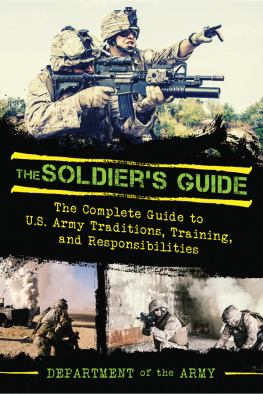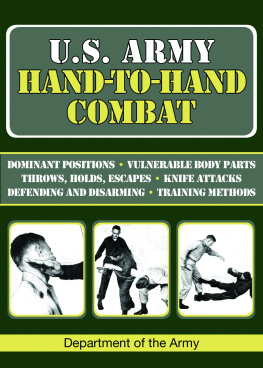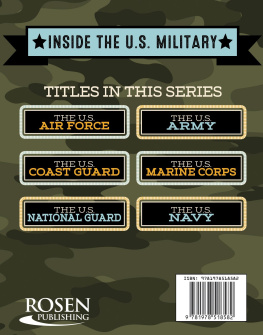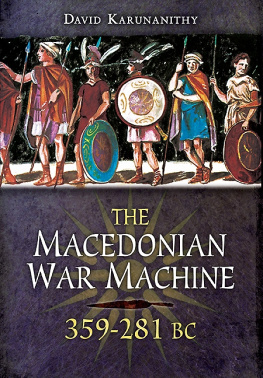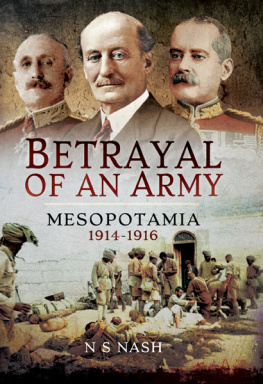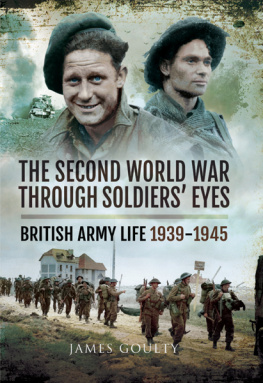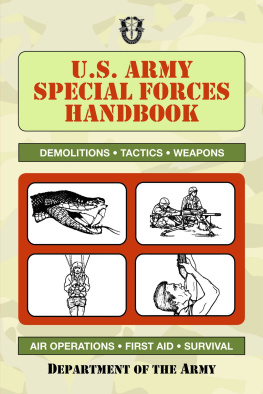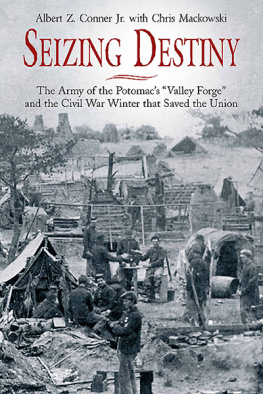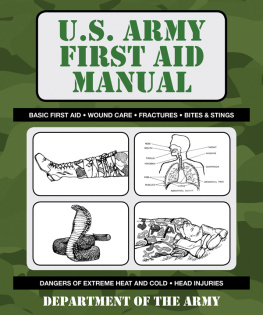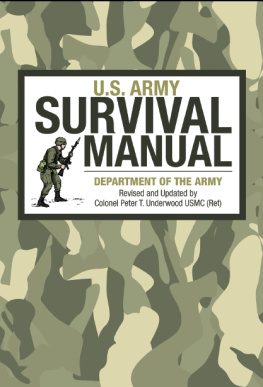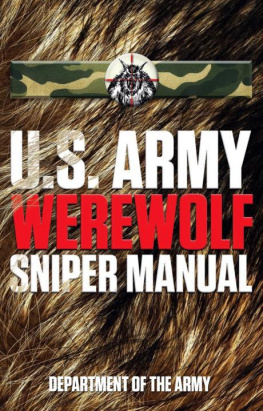Copyright 2016 by Skyhorse Publishing, Inc.
All rights reserved. No part of this book may be reproduced in any manner without the express written consent of the publisher, except in the case of brief excerpts in critical reviews or articles. All inquiries should be addressed to Skyhorse Publishing, 307 West 36th Street, 11th Floor, New York, NY 10018.
Skyhorse Publishing books may be purchased in bulk at special discounts for sales promotion, corporate gifts, fund-raising, or educational purposes. Special editions can also be created to specifications. For details, contact the Special Sales Department, Skyhorse Publishing, 307 West 36th Street, 11th Floor, New York, NY 10018 or .
Skyhorse and Skyhorse Publishing are registered trademarks of Skyhorse Publishing, Inc., a Delaware corporation.
Visit our website at www.skyhorsepublishing.com.
10 9 8 7 6 5 4 3 2 1
Library of Congress Cataloging-in-Publication Data
The soldiers guide.
p. cm.
ISBN-13: 978-1-60239-164-2 (alk. paper)
ISBN-10: 1-60239-164-5 (alk. paper)
1. United States. ArmyHandbooks, manuals, etc.
U113.S57 2007
355.00973dc22
2007020056
10 9 8 7 6 5 4 3 2 1
Cover design by Rain Saukas
Print ISBN: 978-1-63450-526-0
Ebook ISBN: 978-1-63450-957-2
Printed in the United States of America
 | FOREWORD |  |
The Soldier is the ultimate guardian of Americas freedom. In over 120 countries around the world, Soldiers like you are protecting our Nations freedom and working to provide a better life for oppressed or impoverished peoples. It is no accident our Army succeeds everywhere we are called to servethe loyalty and selfless service of the American Soldier guarantee it.
Today our Army is fighting directly for the American people. This global war on terrorism is about our future. Its about ensuring our children and grandchildren enjoy the same liberties we cherish. While difficult tasks remain, victory is certain. The efforts and sacrifices of the American Soldier will assure it.
Although our technology has changed, the core of our success remains the American Soldier. Whether equipped with a bayonet or an Apache helicopter, the American Soldier is the most lethal weapon in the world. Regardless of MOS or location on the battlefield, the American Soldier will accomplish the missionand will destroy any enemy interference with that mission.
This Soldiers Guide applies to every soldier in the Armyactive, reserve, and National Guardin every rank and MOS. It condenses important information from a number of Army Regulations, Field Manuals, DA Pamphlets and other publications. This manual describes your role in the Army, your obligations, and what you can expect from your leaders. Other subject areas are Army history, training, and professional development. This manual also describes standards in appearance and conduct and selected individual combat tasks that are important for every Soldier to master.
This manual gives you a good reference to find answers for many questions. It helps clarify and reinforce standards and helps prepare you to assume leadership positions. Read it thoroughly and continue to do the great work American Soldiers have done for almost 230 years.
Foreword to the 2016 Edition
After two world wars and a quarter-century of selective service, the shift from compulsory service to a volunteer force has changed the nature of the modern military. Todays army is not your grandfathers army. It would be unfamiliar as well to Cold War and Vietnam-era veterans. Americans are correspondingly well advised to consult this fundamental overview of the way things are at the cutting edge, for the men and women whose boots are first on the ground when soft power fails and the going gets narrow.
To understand where we are, it is important to know where we have been. A useful benchmark is Field Manual 21-100, The Soldiers Handbook . Issued in 1941 and aimed at raw draftees, it might best be described as a guide to survival in an alien environment. Its 250 pages focus on essential details: when and whom to salute, how to perform routine duties and execute small-unit drill. It got the army through the Second World War.
The Soldiers Guide , Field Manual 21-100-13, bears little resemblance to its predecessor. The first 21-100 is from a simpler place and time. The Soldiers Guide is a trail blazed through overlapping complexities. It begins by surveying the army values designed to develop the warrior ethos: the will to fight through to victory whatever that takes. Will is based on individual confidence and preparation. These in turn are the fruits of values: loyalty, duty, respect, selflessness, honor, integrity, courage, disciplinea historic checklist of Western masculinity. These qualities are typically linked to the individual combatant: Beowulf, Roland, Audie Murphy. Soldiers Guide presents them in the context of a teama team whose core qualities of self-awareness and adaptability are in turn products of the cultivated will, informed by ethics. A half-dozen pages are devoted to a discussion of the ethical element of decision makingevidence of the devolution of responsibility in modern war, where even enlisted men must routinely act on their own initiative.
That kind of responsibility calls for what F. Scott Fitzgerald calls whole-souled emotional and intellectual equipment. of the Guide provides an overview of the armys history and its function within the US government, finishing with a paragraph encapsulates the core message: Soldiers have made the US Army the worlds most respected land force. That respect is a direct result of the values that soldiers embrace.
move to nuts and bolts. While they are the closest in subjects to their 1941 predecessor, the content and tone could hardly be more different. The earlier handbook is more of an instruction manual: This is what you do when. The 21st century version emphasizes why. Whether discussing customs and courtesies, uniform regulations, or hair styles and body piercings, the text takes pains to explain origins and utility. A section on standards of conduct addresses personal relationships between soldiers of different military rank and biological gender in detail unthinkable in 1941s unisex army with its caste barrier between officers and enlisted men. Nor was the current discussion of permitted fund-raising activities particularly relevant when a privates salary was $30 a month. On the other hand, the section on the Uniform Code of Military Justice includes a model summary of the authority legitimating punishment for misconduct up to administrative discharge, and three clear paragraphs summarizing the laws of war and explaining the nuances of superior orders as mitigation for violating those laws.

